#The Timeless Beauty of the Dark Goddess Kali
Explore tagged Tumblr posts
Text
Maa Kali Wallpapers : Kali Mata HD Images
Goddess Kali: The Divine Paradox in HD Beauty Goddess Kali: The Divine Paradox in HD Beauty Kali Mata’s Dark Majesty: HD Wallpapers for Spiritual Reflection Maa Kali’s Divine Transformation: HD Images of Power and Grace Goddess Kali’s Cosmic Dance: HD Wallpaper Collection Kali: The Timeless and Formless Goddess in HD Glory Maa Kali’s Mystical Aura: HD Wallpapers for Devotees Kali Mata’s Dark…
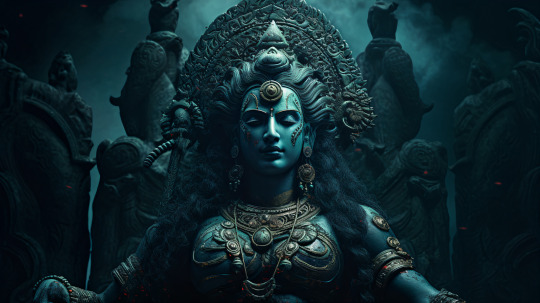
View On WordPress
#HD Wallpaper Artistry Eternal Goddess Kali#HD Images of the Timeless Divinity Kali#Mother Nature&039;s Embodiment in HD Splendor Goddess of Destruction#HD Wallpapers Revering Kali&039;s Might Kali Mata&039;s Dark Beauty#Maa Kali#HD Photos for Devotional Inspiration Maa Kali&039;s Mystical Aura#HD Wallpaper Collection#HD Wallpapers for Devotees Kali#Embrace the Power of the Goddess of Darkness Goddess Kali Mata Images#The Timeless and Formless Goddess in HD Glory Goddess Kali&039;s Cosmic Dance#Unveiling the Divine Feminine Energy Maa Kali Photos#HD Wallpaper Collection Maa Kali&039;s Divine Transformation#The Timeless Beauty of the Dark Goddess Kali#HD Images of Power and Grace Kali Mata&039;s Dark Majesty#the Mother Nature Symbol#HD Wallpapers for Spiritual Reflection Goddess Kali#Grace Your Screen with Divine Art Goddess Kali&039;s Divine Fury#The Divine Paradox in HD Beauty#HD Wallpapers to Awaken Your Spirit Exploring Kali&039;s Dark Beauty#HD Wallpaper Showcase Maa Kali&039;s Timeless Presence#HD Images for Devotees Kali Mata#The Cosmic Creatrix in Captivating HD Goddess of Darkness#HD Wallpapers of Kali&039;s Divine Form Kali Mata&039;s Divine Wrath
4 notes
·
View notes
Text
we the warrior
I am a woman,Shakti engraved on my bones
I played in the parks, ran in the winds
and sung with the melody of thunder
I grew up, they reminded modesty
Rati held my hand, led me out
We danced on the eve of lust
Drenched in the rain of passion
I am desire, bold in my will and diction
I picked up reins the chariot ready for me, it was snatched for I was not to dream
Fight, growled Durga from the cement of my being
jerked awake a she in me.
The clang of swords and gurgle of blood my battle cry
Me, here am I
They turned their backs upon me
A woman, to be humoured or not to be
Words spread, questions fired, they marked,stained the very "character" of me
A hiss shook the exterior
revenge, chanted Kali, I obeyed
out of the veils of mocking modesty, of the chains of misdeemed muliebrity
broke the confines of man relinquishing relics of safety, shields
took to the streets and battlegrounds
the army of mother, of daughter, of woman my pillar
we shook the core of the ancient oppressor
we emerge, we the warrior,
we emerge, we the warrior.

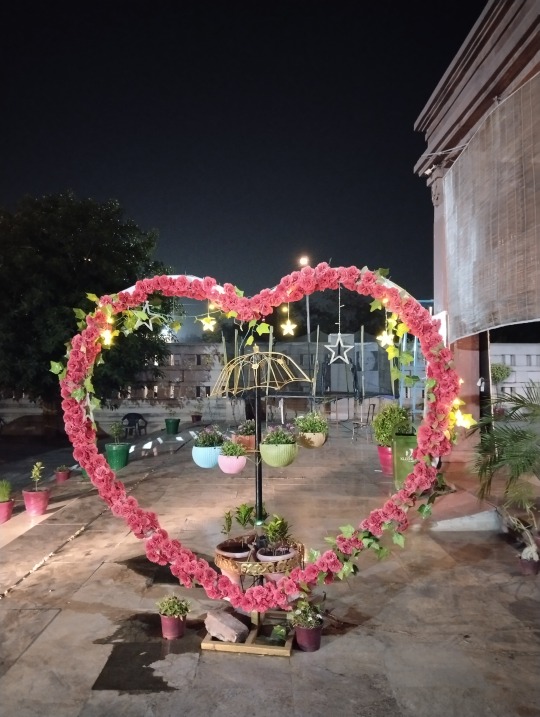

Here's my Instagram - @dishigoyal_
Note:
Italicized names are hindu goddesses. Here's what they signify:
Shakti-is the primordial cosmic energy, female in aspect,represents the dynamic forces that move through the universe.
Rati-known to denote love, beauty, sexual pleasure and a woman who is extremely happy and blissful with her lover or husband.
Durga-unleashes her divine wrath against the wicked for the liberation of the oppressed, and entails destruction to empower creation.
Kali-alongside being the Goddess of darkness, destruction, and death, is also a symbol of Mother Nature because as she is timeless and formless, representing the creation of life and the universe as well.
#poem#poets corner#poetry#short poem#the sacred feminine#feminist#feminist poetry#feminism#hindu#hindublr#desiblr#hindufeminism
85 notes
·
View notes
Text
Devi: The Great Goddess
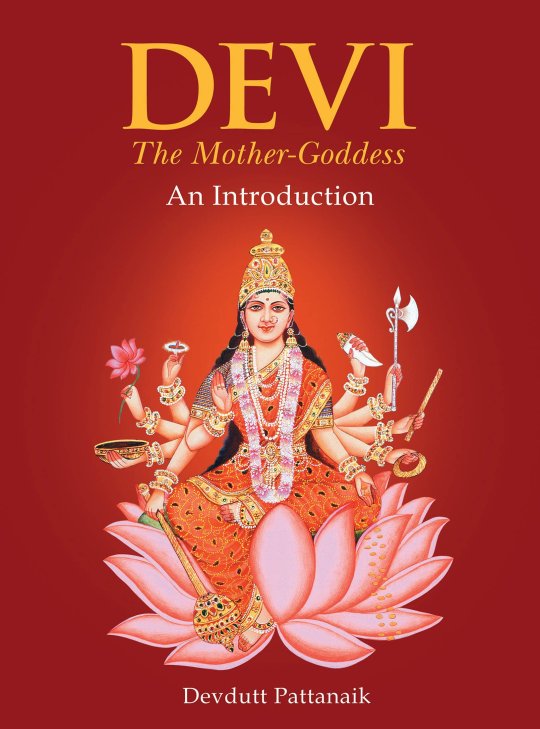
“The Great Goddess, known in India as Devi (literally 'goddess'), has many guises. She is 'Ma' the gentle and approachable mother. As Jaganmata, or Mother of the universe, she assumes cosmic proportions, destroying evil and addressing herself to the creation and dissolution of the worlds. She is worshiped by thousands of names that often reflect local customs and legends. She is one and she is many. She is celebrated in songs and poems.
Devi is all-important in Hinduism, but there are also forms of female divinity in Buddhism and Jainsim. Today millions of Hindu men and women conduct regular pujas to Devi through one of her many manifestations. For some she is their primary deity while for others she is part of a greater pantheon. All Hindu goddesses may be viewed as different manifestations of Devi. In some forms she is benign and gentle, while in other forms she is dynamic and ferocious, but in all forms she is helpful to her devotees... .
There are many approaches to looking at Devi: chronological, religious, or by function. Here we have chosen to observe Devi through her six main functions, beginning with her most forceful and dynamic form and moving toward less potent forms.
Devi is first seen as cosmic force, where she destroys demonic forces that threaten world equilibrium, and creates, annihilates, and recreates the universe. Next, in her gentle, radiant dayini form, she is the gracious donor of boons, wealth, fortune, and success. As heroine and beloved, Devi comes down to earth and provides inspiring models for earthly women.
Devi is then seen as a local protector of villages , towns, and individual tribal peoples, where she is concerned only with local affairs. In her fifth aspect, Devi appears as semi-divine force, manifesting herself through fertility spirits, and other supernatural forms. Finally, she is also represented in woman saints, who are born on earth but endowed with deep spirituality and other-worldly powers.”1
"By you this universe is borne, By you this world is created, O Devi, by you it is protected.” (Devi-Mahatmya).
Throughout India, devotees honour Devi in their temples and at wayside shrines. Flowers garland her image with brightness, the light of countless lamps illuminate her presence and the blood of thousands of animals stains the stones of her altars crimson.
The Goddess is older than time, yet time itself. She is formless, yet to be found in all forms. Her presence is in all things, yet she transcends all things. She is ever-changing, yet eternally changeless. She is both the womb from which all life flows forth and the tomb to which all life returns. Devi the Shining One source of the life-giving powers of the universe, who is experienced by her ecstatic worshipers as the Primal Cause and Mother of the World.
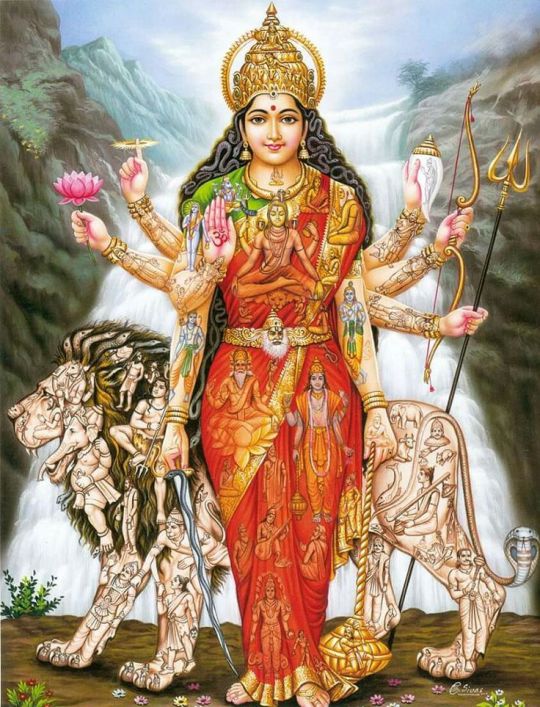
Roots Pre-dating the patriarchal Male Trinity by thousands of years, the Goddess was once worshipped throughout the ancient world. Now, only in India does her cult remain widespread and part of a vibrant, living tradition in which her presence empowers and stirs the hearts of her devotees with adoration and devotion.
The veneration of Devi can be traced as far back as 20,000 BC. A bone image of the Great Mother was discovered at Mirzapur in Uttar Pradesh dating back to that period. She was also revered at Harappa and Mohenjo-Daro in the Indus Valley from 2,500 BC. Closely associated with the land itself, villagers in rural India paid tribute to the Earth Goddess, adorning branches of trees and placing shrines within them which carried her image. Smooth, oval-shaped stones also marked her sacred sites.
Women were her channels and it was through them her rituals were performed, rites for the dead and ceremonies to promote fertility and fruitfulness of the land.
The Goddess reigned supreme until the patriarchal Aryans invaded the country in 1500 BC. The Harappan culture declined as these nomadic herding people initiated a new age in which their male Gods became predominent. But the worship of Devi could not be entirely suppressed. It was absorbed and transformed to accommodate the new situation.
The Goddess became united in a Divine Marriage with the Gods of the Male Trinity: Sarasvati with Brahma, Lakshmi with Vishnu, and Parvati, Kali and Durga with Siva. Once given a priestly blessing, veneration of the Goddess as the God's consort was incorporated in the regular rituals. As Sakti, she became the powerful spiritual energy without which the God was unable to act.
Facets The Goddess is multi-faceted, known by myriad names and personified in many forms. As well as responding to the names of Parvati, Lakshmi, Sarasvati and Sakti, she also manifests under the titles of Gauri, Uma, Sati, Aditi, Maya, Ganga, Prakriti, Gayatri, Tara, Minaksi, Mahadevi, Kundalini, Durga, Kali, Chamunda and in many other guises.
The great mountain peaks of the Himalayas Annapurna, Nanda Devi and Chomo-Lung-Ma (known to Westerners as the world's highest mountain, Everest) all testify to her divine presence. Like the facets of a diamond, these varying forms of the Great Universal Energy that is Devi are merely reflections of the countless aspects that make the whole, the Absolute.

Creator and Preserver As Virgin and Mother, the Goddess is considered to be the very spring from which every kind of love flows into the world. From the vast ocean of her being the morphogenetic field that produces all forms the Goddess gives birth to all living things. The pouring forth of this love-energy from her timeless, formless source into the field of time constitutes a sacred mystery.
Representations of the Goddess as a crouching woman giving birth to the manifold forms of her creation can be found in Indian art. As the Sky-Goddess Aditi, she pervades all space and is mother to the Gods so revered by the Indo-Aryans.
Maya the Sanskrit word for 'magic' and 'illusion' describes her role as the originator of all material things, all that is perceptible to the senses.
Displaying the protective and maternal side of her nature, she revels in her multitudinous manifestations and joyfully embraces the bounty of her gifts. Sculptures adorning Hindu temples frequently depict the Virgin Goddess as a young, beautiful and voluptuous woman. Sometimes she stands on her own, at others she is paired with her God-consort.
As Earth Mother, she is also a deity closely associated with Nature and fertility. Images of her priestesses, the Yoginis and Saktas, often incorporate organic forms such as branches or vines, symbolising Nature in its most instinctive form, proliferous and fruitful. Plants, leaves and flowers are commonly used in Indian medicine and, when they appear in portrayals of the Earth Mother they are considered to reflect the magical powers with which she is endowed.
Although on one level, her naked body signifies the physical beauty and attraction of the Eternal Feminine, it also symbolises the discarding of illusion and, therefore, freedom from attachment.
Adorned with jewels and ornaments, she represents all that is precious. She alone is the eternal jewel whose brilliance encompasses and illuminates the universe.
Carved images of the Goddess and her Yoginis formulate the visual language which conveys the essence of the philosophy lying at the core of her worship, which is so little understood by most Westerners. Gazing at sculptures depicting the joyous physical expression of love, they tend to miss the symbolism of the divine ecstasy associated with the union of male and female energies that transcend, transform and liberate the soul from the wheel of karma.
One of the most ancient cults of the Goddess is that of Sarasvati, who is both worshipped as a sacred river of the same name and as the instigator and protectress of the spoken word, as well as all intellectual and artistic pursuits.
One of the most recent forms of her manifestation is that of Bharat Mata, Mother India, a militant aspect of the Goddess that is much concerned with the cause of Hindu nationalism.
Another manifestation is that of the beneficent Lakshmi, bringer of prosperity and abundance. During the autumn festival of Diwali, people all over the country light lamps in her honour to guide her into their homes.
The Goddess is also revered as Sati the pre-Vedic Virgin Bride who epitomises the loyal and virtuous wife who is faithful to her husband even unto death. This idea of wifely perfection is dear to the Indian way of thinking. Although in a metaphysical sense it means Sati is totally at one with her own true being, it is also an ethical concept. Sadly, the idea of the 'perfect wife' who is faithful unto death developed into the practice of suttee, in which a dutiful spouse was expected to accompany her husband to the world beyond through self-immolation voluntarily or otherwise in the flames of his funeral pyre.
In her aspect of the Great Mother, Devi's devotees believe the presence of the Goddess exists within all her creations. She is their Mother. She gives them life. She nurtures them through her physical manifestations and she is present in their times of need. Through her worship, too, her devotees can transcend the world of illusion and reach out to her true being.
To know the Goddess is to experience Being-Consciousness and bliss itself. But Devi demands total surrender on the part of her followers before she condescends to reveal herself in her divine state. Her fervent devotees must learn to see her presence in all things. She must become the bedrock and the meaning of their life. Then, and only then, can they aspire to experience her blessings in their totality.
Even as in the psychological process of accepting the dark side of our own nature to achieve a harmonious wholeness, it is necessary to understand the Goddess in her terrible aspect also. For even as she is the bestower of life, as Kali the personification of all-consuming Time she is also its destroyer, to whom, at the appointed time, all manifested things return. They are absorbed into her being, there to await rebirth in yet another cycle of cosmic creation.
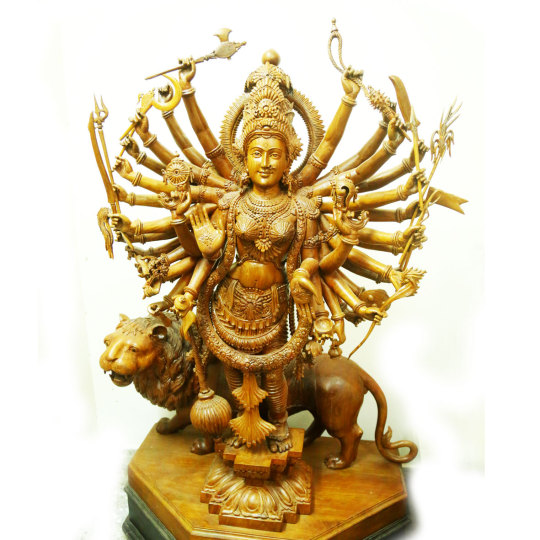
Destroyer As Devimahatma, Mahadevi or Durga (one of her most ancient titles), the eternally existent mother who nurtures and protects her offspring, the Goddess's influence swept across North India and was particularly popular in the regions of Bengal and Rajasthan.
Famous for her prowess in battle, Durga the Unassailable used the strength of her will, her knowledge and force of action, to defeat the purveyors of evil and to vanquish the demonic forces upsetting the balance of the universe.
Riding on a lion or tiger, her multiple arms wielding auspicious weapons, she was Cosmic Energy personified. When her mission was fulfilled she returned to her mountain home, promising to nourish the earth and protect her worshipers, only returning should her divine force be needed again.
At the height of this great cosmic battle, Durga was aided by the awesome Kali, who burst from her forehead to devour or crush the army of demons. As Kali drank the seed-blood of her enemies, she rendered impotent the destructive phallic power of her assailants.
Black Kali represents the Crone aspect of the Triple Goddess. With her dishevelled hair and lolling blood-drenched tongue, she presents a fearsome figure.
As the active power of Time, her three eyes look to past, present and future. Her thin waist is encircled by a girdle of human hands, symbolising the accumulated deeds of karma. Around her neck hangs a rosary of fifty skulls, each one inscribed with a magic letter of the Sanskrit alphabet representing the sacred word, or mantra, which vibrates within the primordial creative energy of the universe.
The Dark Goddess's four hands are also symbolic of her function: one wields a sword to cleave the threads of bondage, another grasps a severed head, representing the annihilation of the ego. Her two remaining hands are poised in gestures to dispel fear and inspire her devotees with spiritual strength.
Paintings and sculptures sometimes depict the fearsome Goddess standing on the inert body of her consort, Siva, awakening him into action with her sheer primordial power and energy. As Smashanakali she resides in cremation grounds and her priestesses, the Dakinis or Skywalkers, undertake the role of Angels of Death. Terrible though her aspect as Destroyer undoubtedly is, the mystical experience of the Goddess in this form can liberate the devotee from ego-consciousness and spiritually unite him with the Goddess in her oceanic formless state. One of her most frequented temples is that of Kalighat in Kalikata, Anglicised to Calcutta, the city that derives its name from the Goddess. During the three-day-long annual autumn festival of Durga Puja, seven or eight hundred male goats are slaughtered in her honour at Kalighat alone. Before human sacrifice was prohibited in 1835, male children, too, were sometimes beheaded to placate Kali. In today's festivities, an image of Durga is fashioned from clay, painted and lavishly decorated, then paraded through the streets and cast into the waters of the holy Ganges.
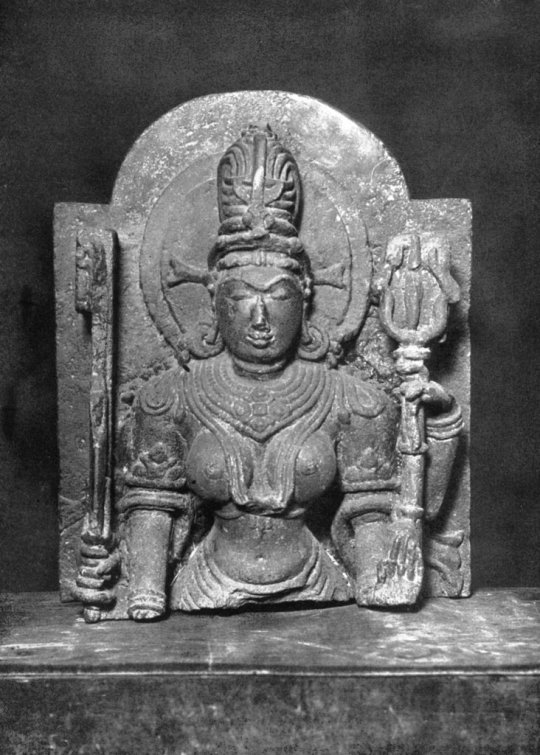
Symbolic representations Abstract forms can also depict the Goddess in her various forms. As Creator she is symbolised by a downward pointing triangle, the yoni, representative of female sexuality. As Preserver, she takes the form of a straight line, and as Destroyer she is recognised in the form of the circle. In her unmanifested state as the Source of all life, the Goddess is depicted simply as a dot, the bindu, or seed-state of her being.
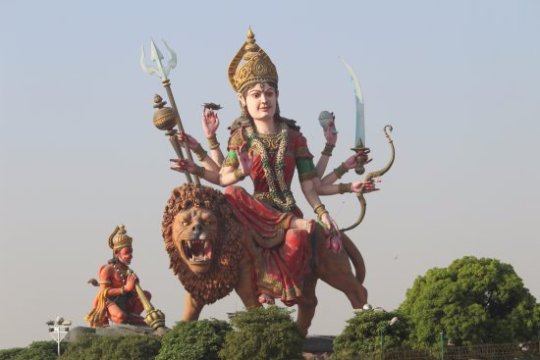
Sakti Tantric texts date back to about 600 AD, but the basis of many of their ideas go back to much earlier times. Even today, the worship of the Eternal Feminine as the cosmically creative energy of her consort Siva, is widely practised in Nepal, Bhutan and Tibet, as well as India. Tantrics practise the sexual adoration of the feminine life-force as Sakti and through controlled sexual intercourse maithuna seek to awaken the spirit within to a state of heightened awareness, breaking through the limiting physical boundaries to an ecstatic union with the divine in her Absolute and timeless state. To raise the kundalini, or serpent power, so that the spiritual energies ascend through their psychic channels and energy centres within the subtle body the chakras to culminate in enlightenment, involves a number of processes. Methods such as meditation, breath control, the saying of mantras, the contemplation of yantras, visual symbols which concentrate the mind, all play an important role. As Kundalini, the Goddess assumes the form of the ancient and powerful symbolic image of the serpent or snake, so shunned by Christianity. Yet, in whatever form, Devi's magic still remains. As the Great Triple Goddess she is today widely worshipped throughout India. To her followers, she is both the Energy which is life itself and the Source to whose depths all living things return. At the time of Kali Yurga, or cosmic dissolution, her devotees believe the physically manifested universe will once again withdraw itself into the formless depths of the Goddess until a new gestation period commences and the cyclic rhythm of creation is once again set into motion. "Who dares misery, love And hug the form of death, Dance in destruction's dance To him The Mother comes.”
26 notes
·
View notes